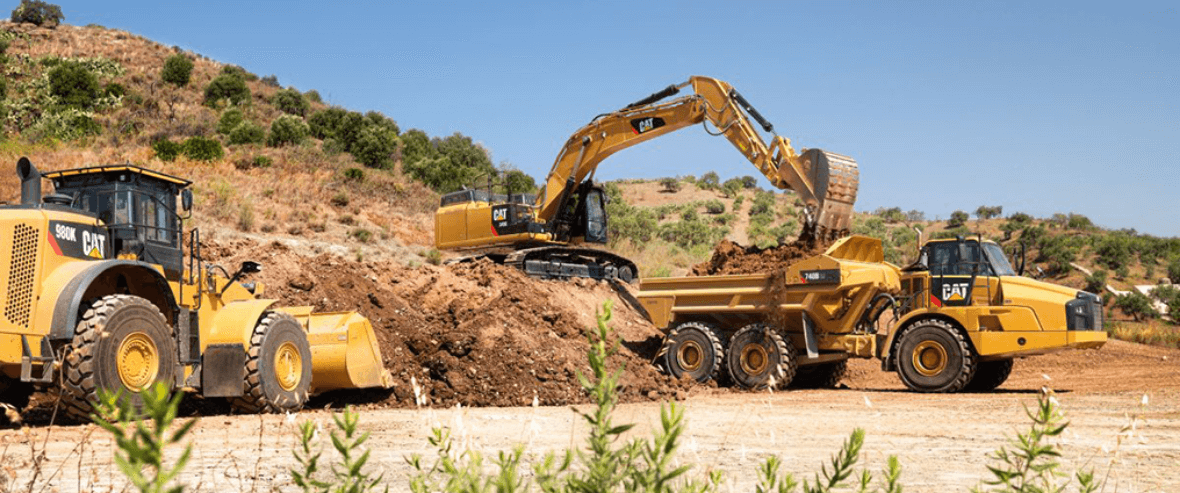Whether you are an individual embarking on a DIY project, or a professional contractor seeking to complete a job, power equipment can be essential. However, not everyone has the budget or space to purchase and store such machinery. This is where the option to seek power equipment for rent becomes crucial. Renting offers a more cost-effective and convenient alternative, especially for short-term needs.
To ensure your rental experience is hassle-free, it’s imperative to understand the safety and efficiency standards associated with using such equipment. In this article, we delve deep into the best practices for renting and using power equipment.
The Importance of Safety and Efficiency
Safety and efficiency go hand in hand. Without safety measures in place, the efficiency of a task can be compromised due to accidents or mistakes. Similarly, without efficiency, safety can be overlooked in the rush to complete a job.
Benefits of Power Equipment for Rent
- Cost-effective: Renting is often cheaper than buying, especially for short-term projects.
- Access to a variety of tools: Rental services typically offer a wide range of equipment, allowing you to select the most suitable tool for the job.
- Maintenance: Rental companies often maintain and service their equipment, ensuring you get machinery in good working condition.
Best Practices When Renting Power Equipment
Understanding Your Needs
Before you venture into the world of power equipment for rent, it’s vital to understand your specific needs. This includes the nature of the job, the duration, and the type of equipment needed.
Bullet Points:
- Assess the project scope and requirements.
- Determine the equipment’s size and capacity needs.
- Consider the rental duration: daily, weekly, or monthly.
Choosing a Reputable Rental Company
Not all rental companies are created equal. It’s essential to choose a reputable firm to ensure safety and efficiency.
Bullet Points:
- Check online reviews and testimonials.
- Ensure the company provides well-maintained and serviced equipment.
- Confirm if the company offers training or guidelines on the equipment’s usage.
Safety and Efficiency Guidelines for Using Power Equipment
Subtitle: Safety First
Always prioritize safety when using any equipment, especially power tools and machines.
Bullet Points:
- Wear appropriate personal protective equipment (PPE) like gloves, safety glasses, and ear protection.
- Familiarize yourself with the equipment’s operations before starting.
- Ensure the work area is clean and free from obstacles.
Efficient Operation
Efficiency not only saves time but also reduces wear and tear on the equipment.
Bullet Points:
- Operate at the recommended speed and capacity.
- Avoid overloading or pushing the equipment beyond its limits.
- Take regular breaks to prevent fatigue and maintain focus.
Common Power Equipment and Their Safety Tips
Different equipment comes with varied safety concerns and operational guidelines.
- Chainsaws: Always grip with both hands, stand with a stable stance, and avoid cutting above shoulder height.
- Power Drills: Keep the drill bit sharp, use the correct bit for the material, and always unplug when changing bits.
- Circular Saws: Use both hands to operate, ensure the guard is functional, and always cut away from the body.
Conclusion
Renting power equipment offers an economical and flexible solution for both DIY enthusiasts and professionals. However, to harness the full benefits, it’s vital to prioritize safety and operate the equipment efficiently. By understanding your needs, choosing a reputable rental company, and following safety and efficiency guidelines, you can ensure your experience with power equipment for rent is both successful and safe.

